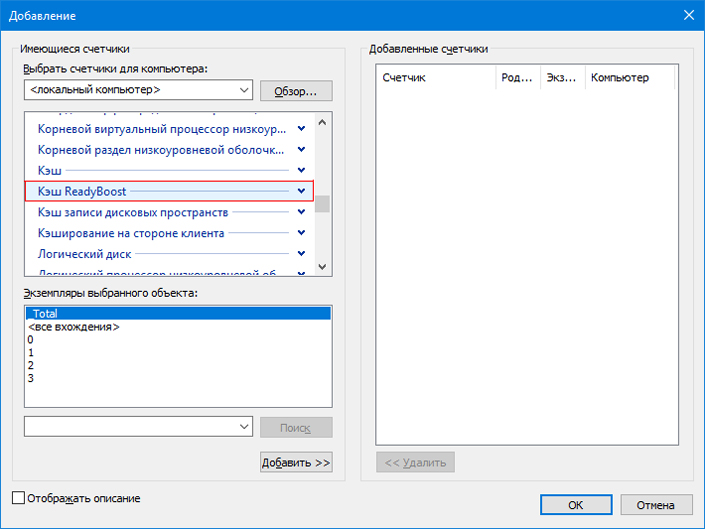

- WHAT IS READYBOOST WINDOWS 10 WITH RECOVERY HOW TO
- WHAT IS READYBOOST WINDOWS 10 WITH RECOVERY UPDATE
- WHAT IS READYBOOST WINDOWS 10 WITH RECOVERY SOFTWARE
- WHAT IS READYBOOST WINDOWS 10 WITH RECOVERY PC
- WHAT IS READYBOOST WINDOWS 10 WITH RECOVERY MAC
It also allows Windows to remove older system files which are no longer needed for runtime use or for recovery, freeing up disk space.
WHAT IS READYBOOST WINDOWS 10 WITH RECOVERY UPDATE
This approach provides a balance between user experience in terms of the number of updates which need to be reinstalled and the features' effectiveness in addressing update problems. Due to this improvement it's not required nor recommended to mark updates as permanent by using the DISM /Cleanup-Image command with the /ResetBase option.

WHAT IS READYBOOST WINDOWS 10 WITH RECOVERY PC
All updates installed on the PC will be restored. In addition, Push-button reset restores Windows to an updated state rather than to the factory-preinstalled state. This allows recovery to be possible even without a separate recovery image containing a backup copy of all system files. Push-button reset restores Windows 10 or Windows 11 by constructing a new copy of the OS using runtime system files located in the Windows Component Store ( C:\Windows\WinSxS).
WHAT IS READYBOOST WINDOWS 10 WITH RECOVERY SOFTWARE
This section discusses the mechanisms Push-button reset uses to restore software on the PC. In this article Restoring the operating system and customizations
WHAT IS READYBOOST WINDOWS 10 WITH RECOVERY HOW TO
In this case, to reformat exFAT you need to delete the volume in Disk Management then follow the prompts to format the drive as exFAT.įor additional instructions, visit How to format your hard drive.Thank you. NOTE: If your device has write caching enabled, exFAT file system is not available when performing a Quick Format. Follow the on-screen instructions when the New Simple Volume Wizard appears.
WHAT IS READYBOOST WINDOWS 10 WITH RECOVERY MAC
…you need to allow both Mac and Windows computers to read and write to the storage device. …you connect the storage device to Windows computers, and you don’t need to allow a Mac to write to the storage device. If you use the drive only on a Windows computer, you can optimise file copy performance by formatting the drive NTFS. Some external storage devices are preformatted exFAT for compatibility with both Mac and Windows computers. Optimise performance by formatting your device NTFS

NOTE: Enabling write caching will increase the speed of your device regardless of the format you choose. Formatting your device NTFS, the Windows native file system.Enabling write caching in hardware settings.Here are a few methods to improve the performance of your device: This article provides instructions to improve the performance of an external storage device when using Windows.


 0 kommentar(er)
0 kommentar(er)
